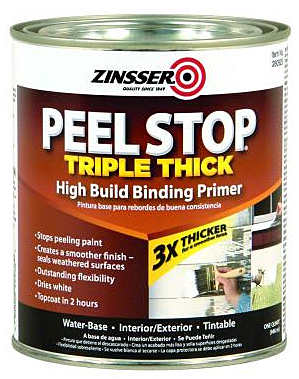
Greetings & Happy New Year! We recently bought an old log home that has been painted a zillion times. What’s the best way to remove all the old paint so we can get to the bare wood and put the proper finishes on the home? – Jim Bernard
Tim Inman: Inside or outside? Outside, a power washer may be your best friend. Inside, maybe not so much…. Beware of lead paint when you do this. You want to minimize both your personal exposure and the exposure of the environment around your house. Washing lead off the building into the ground below can cause lead buildup in the soil. Not much of a problem ordinarily, but if you grow vegetables close to your house, they could become high in lead content. You don’t want to eat that. Inside, I’d suggest doing the minimum removal. “Encapsulating” the old with new is a trade term commonly used now. Scrape off the peeling/chipping stuff, and feather out the edges with sanding very carefully, and with a huge measure of preparation and caution about not inhaling or exposing yourself to lead and other heavy metals used in paint pigments. Then, new paint.
Between the lines, I’m thinking you’re wanting to go down to bare wood, and refinish with a “natural” wood look. My best advice is “don’t.” Experience tells me that if you try for a “natural” finished wood look on something as old as your house, you’ll end up tired, exhausted, exposed, and disappointed. Prep the surface and repaint it — that’s what I’d do (but it is your home, so it is your final call, of course).
Chris Marshall: Jim, if you take Tim’s advice and remove just the loose paint, here’s a product you might consider using as an interior or exterior primer instead of sanding to feather the edges of the remaining paint. It’s a Zinsser product called “Peel Stop Triple Thick High Build Binding Primer.” What drew me to this water-based primer in the first place was that I wanted to smooth out the irregularities on some exterior trim where previous layers of paint had been scraped off and the remaining paint was uneven. This primer is reallyviscous, almost like a basement waterproofing paint, and the directions say you can apply thick layers to build up and bridge the surface. All in all, it works pretty well. I found that even a single coat leaves the impression of a much smoother surface once you paint over it, and you may be able to forego a lot of extra sanding. Of course it’s important to get all of the old, loose paint off first so you start with a sound base layer. I purchased Peel Stop at my local Lowe’s® store.





